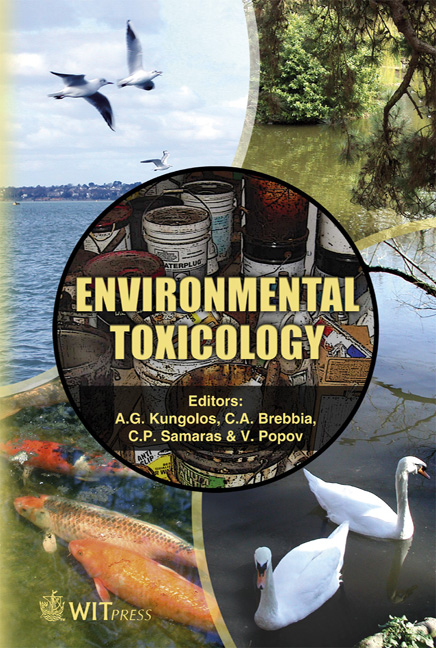Basic Evaluation Of Sorting Technologies For CCA Treated Wood Waste.
Price
Free (open access)
Transaction
Volume
10
Pages
9
Published
2006
Size
654 kb
Paper DOI
10.2495/ETOX060321
Copyright
WIT Press
Author(s)
K. Yasuda, M. Tanaka & Y. Deguchi
Abstract
Two sorting technologies including an X-ray fluorescence technique and a Laser-induced breakdown spectroscopy (LIBS) technique were investigated for separating chromate copper arsenate (CCA) treated wood from other wood types in the wood waste stream. X-ray fluorescence was tested in the laboratory using a portably available X-ray fluorescence spectrometer. Operational parameters for continuous sorting using LIBS technology were established. These parameters concluded that chromate was the most sensitive metal for analysis, analysis time was less than 1 second per wood sample. LIBS technology shows considerable promise for continuous separation of large quantities of CCA treated wood from other wood types in the field using an on-line sorting system. Keywords: CCA treated wood, continuous sorting, color reacted with chemical stain, X-ray fluorescence(XRF), Laser-induced breakdown spectroscopy (LIBS). 1 Introduction Chromated copper arsenate (CCA) is a wood treatment preservative containing copper, chromium and arsenic. The purpose of the chemical is to protect wood from biological deterioration. CCA treated wood comes in a range of retention levels, from 4 kgm -3 to 40 kg m -3 . Lower retention levels are used for above ground applications and in freshwater contact, whereas higher retention levels are used for wood that is in contact with the ground or saltwater. The types of products treated with CCA include plywood, lumber, timbers, fence posts, utility poles and others (AWPI [1]).
Keywords
CCA treated wood, continuous sorting, color reacted with chemical stain, X-ray fluorescence(XRF), Laser-induced breakdown spectroscopy (LIBS).





